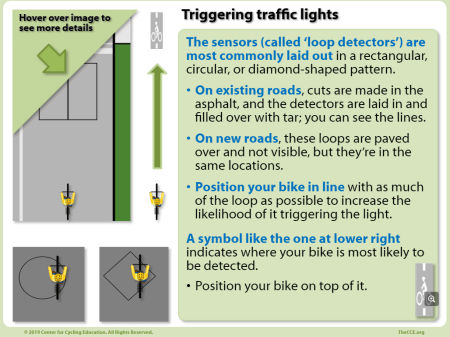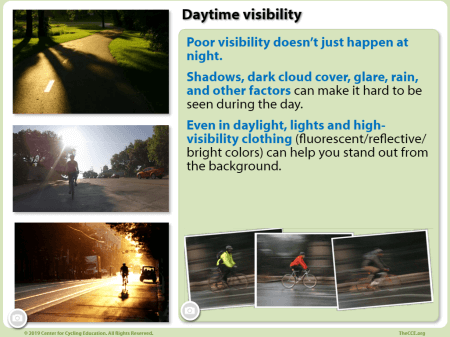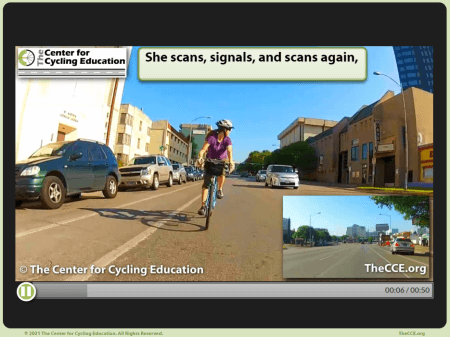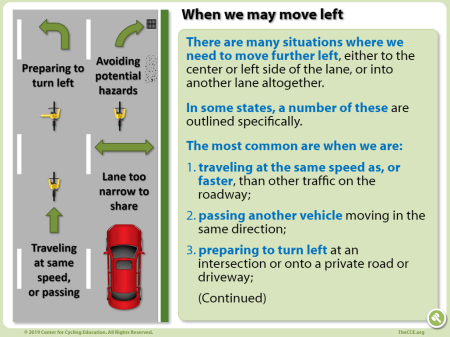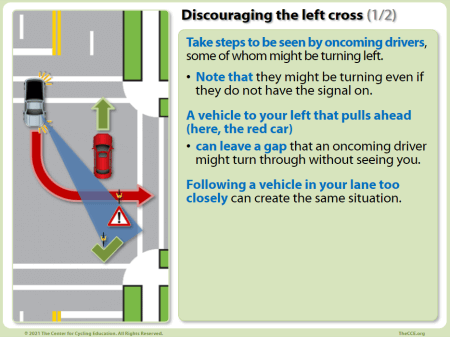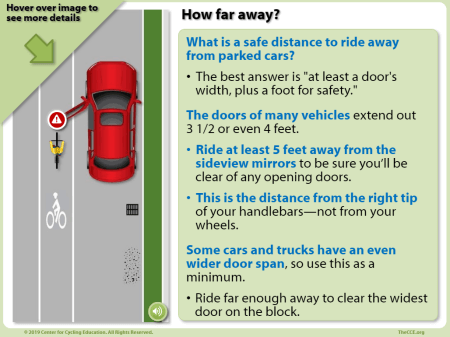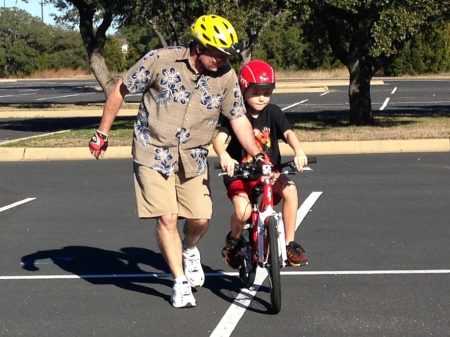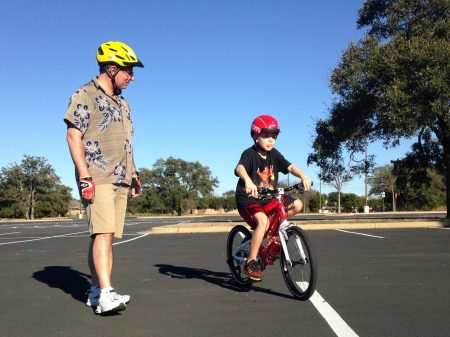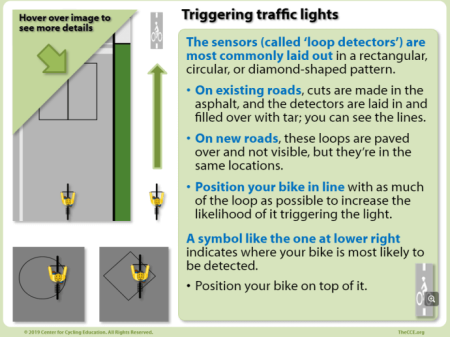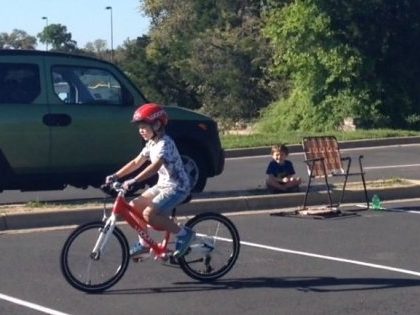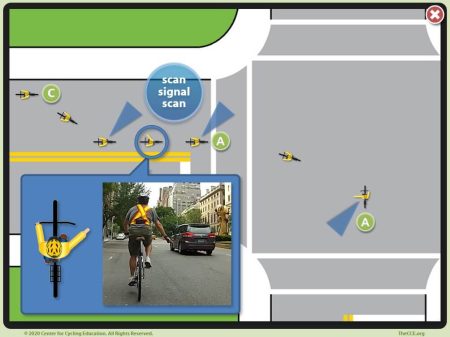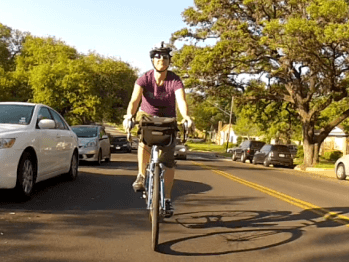Cycling regulations in Seattle, Washington
There are no federal laws outlining the rules of the road. Instead, each state has its own set of traffic laws. In many cases, these are based at least in part on the Uniform Vehicle Code.
In addition to this, counties, cities, and towns may have their own traffic regulations, usually known as ordinances or codes.
There are often requirements in other jurisdictions, including college campuses and military bases.
These local regulations may not take away any rights listed in the state traffic laws unless this option is expressly permitted by the state. They also may not permit a person riding a bike to do anything prohibited by state law.
See below for the municipal regulations that apply to riding your bike in Seattle.
USA » WA – Washington State » Seattle » Seattle Municipal Code
City of Seattle website: Rules of the Road ![]()
(Retrieved from the municode website ![]() on March 14, 2022. This is not an official version.)
on March 14, 2022. This is not an official version.)
Seattle Municipal Code: Title 11 – VEHICLES AND TRAFFIC
Rules of the road
Chapter 11.44 – BICYCLE RULES
11.44.010 – Where regulations apply.
These regulations applicable to bicycles shall apply whenever a bicycle is operated upon any street, alley, or way open to the public, subject to those exceptions stated in this chapter. (RCW 46.61.750(2))
11.44.020 – Rights and duties of rider.
Every person operating a bicycle upon a roadway shall be granted all of the rights and shall be subject to all of the duties applicable to a driver of a vehicle except as to the special regulations of this Chapter 11.44, those provisions of this Subtitle I that by their nature can have no application, and as provided in Section 11.50.320.
11.44.040 – Riding on roadways.
A. Every person operating a bicycle upon a roadway at a speed slower than the normal and reasonable flow of motor vehicle traffic thereon shall ride as near to the right side of the right through lane as is safe, except:
1. While preparing to make or while making turning movements at an intersection or into a private road or driveway;
2. When approaching an intersection where right turns are permitted and there is a dedicated right turn lane, in which case a person may operate a bicycle in this lane even if the operator does not intend to turn right;
3. While overtaking and passing another bicycle or vehicle proceeding in the same direction; and
4. When reasonably necessary to avoid unsafe conditions including, but not limited to, fixed or moving objects, parked or moving vehicles, bicyclists, pedestrians, animals, and surface hazards.
B. A person operating a bicycle upon a roadway that carries traffic in one direction only and that has two or more marked traffic lanes may ride as near to the left side of the left through lane as is safe.
C. A person operating a bicycle upon a roadway may utilize the shoulder of the roadway or any specially designated bicycle lane.
D. When the operator of a bicycle is using the travel lane of a roadway with only one lane for traffic moving in the direction of travel and it is wide enough for a bicyclist and a vehicle to travel safely side-by-side within it, the bicycle operator shall operate far enough to the right to facilitate the movement of an overtaking vehicle unless other conditions make it unsafe to do so or unless the bicyclist is preparing to make a turning movement or while making a turning movement.
11.44.060 – Riding more than two (2) abreast prohibited.
Persons operating bicycles upon a roadway or sidewalk shall not ride more than two (2) abreast except on paths or parts of roadways set aside for the exclusive use of bicycles. (RCW 46.61.770(2))
11.44.080 – Overtaking and passing on right.
The operator of a bicycle may overtake and pass a vehicle or a bicycle upon the right only under conditions permitting such movement in safety.
11.44.100 – Right-of-way in crosswalk.
A person operating a bicycle across a roadway upon and along a crosswalk shall have all the rights and duties applicable to a pedestrian under the same circumstances, but shall yield to pedestrians upon and along a crosswalk. No person operating a bicycle shall suddenly enter a crosswalk into the path of a vehicle which is so close that the driver cannot yield safely.
11.44.120 – Riding on sidewalk or public path.
Every person operating a bicycle upon any sidewalk or public path shall operate the same in a careful and prudent manner and at a rate of speed no greater than is reasonable and proper under the conditions existing at the point of operation, taking into account the amount and character of pedestrian traffic, grade and width of sidewalk or public path, and condition of surface, and shall obey all traffic-control devices. Every person operating a bicycle upon a sidewalk or public path shall yield the right-of-way to any pedestrian thereon, and shall give an audible signal before overtaking and passing any pedestrian. Operation of a class 3 electric-assisted bicycle on a sidewalk is unlawful, unless there is no alternative to travel over a sidewalk as part of a bicycle or pedestrian path.
11.44.140 – Hand signals.
A. All required hand signals shall be given in the following manner:
1. Left turn: left hand and arm extended horizontally beyond the side of the bicycle;
2. Right turn: left hand and arm extended upward beyond the side of the bicycle, or right hand and arm extended horizontally to the right side of the bicycle;
3. Stop or decrease speed: left hand and arm extended downward beyond the side of the bicycle.
B. Such hand signal shall be given continuously during the last one hundred feet (100′) traveled by the bicycle before initiation of a turn, unless during the last one hundred feet (100′) both hands are needed to control or operate the bicycle.
11.44.160 – Lamps and reflectors on bicycles.
Every bicycle, when in use during the hours of darkness, shall be equipped with a lamp on the front, which shall emit a white light visible from a distance of at least five hundred feet (500′) to the front, and with a red reflector on the rear of a type approved by the State Commission on Equipment, which shall be visible at all distances up to six hundred feet (600′) to the rear when directly in front of lawful lower beams of head lamps on a motor vehicle. A lamp emitting a red light visible from a distance of five hundred feet (500′) to the rear may be used in addition to the red reflector. (RCW 46.61.780(1))
11.44.200 – Brakes.
Every bicycle shall be equipped with a brake which will enable the operator to make the braked wheels skid on dry, level, clean pavement. (RCW 46.61.780(2))
11.44.210 – Must ride on seat.
A person operating a bicycle shall not ride other than upon or astride a permanent and regular seat attached thereto. (RCW 46.61.760(1))
11.44.220 – Passengers.
No person shall use a bicycle to carry more persons at one time than the number for which it is designed and equipped, except that a person eighteen (18) years of age or older may carry a child securely attached to his person. (RCW 46.61.760(2))
11.44.240 – Clinging to vehicles.
No person operating any bicycle shall attach the same or himself to any vehicle. (RCW 46.61.765)
11.44.260 – Control.
No person operating a bicycle shall carry any package, bundle or article which prevents him from keeping at least one (1) hand upon the handlebars, nor shall he operate the bicycle at any time without keeping at least one (1) hand upon the handlebars. (RCW 46.61.775)
11.44.280 – Parking.
No person shall park a bicycle upon a sidewalk or public path in such a manner as to obstruct traffic thereon; or within, against or adjacent to a bus patron shelter in a manner which restricts or eliminates the use of such a shelter by pedestrians who are waiting for public transportation; or upon a roadway except in locations designated by official traffic-control devices.
11.44.320 – Responsibility.
No person shall do any act forbidden by this chapter or fail to perform any act required in this chapter. The parent of any child and the guardian of any ward shall not authorize or knowingly permit any such child or ward to violate any of the provisions of this chapter; provided, that no violation of the chapter by any child under the age of sixteen (16) years, or by a parent or guardian of such child shall constitute negligence per se in any civil action brought or defended by or in behalf of such a child. (RCW 46.61.700)
Definitions
[Only terms relevant to cyclists are included here. See the code for a full list of definitions.]
11.14.055 – Bicycle and electric-assisted bicycle.
A. “Bicycle” means every device propelled solely by human power, or an electric-assisted bicycle, upon which a person or persons may ride, having two tandem wheels either of which is 16 inches or more in diameter, or three wheels, any one of which is 20 inches or more in diameter.
B. “Electric-assisted bicycle” means a bicycle with two or three wheels, a saddle, fully operative pedals for human propulsion, and an electric motor. The electric-assisted bicycle’s electric motor must have a power output of no more than 750 watts. The electric-assisted bicycle must meet the requirements of one of the following three classifications:
1. “Class 1 electric-assisted bicycle” means an electric-assisted bicycle in which the motor provides assistance only when the rider is pedaling and ceases to provide assistance when the bicycle reaches the speed of 20 miles per hour;
2. “Class 2 electric-assisted bicycle” means an electric-assisted bicycle in which the motor may be used exclusively to propel the bicycle and is not capable of providing assistance when the bicycle reaches the speed of 20 miles per hour; or
3. “Class 3 electric-assisted bicycle” means an electric-assisted bicycle in which the motor provides assistance only when the rider is pedaling and ceases to provide assistance when the bicycle reaches the speed of 28 miles per hour and is equipped with a speedometer.
11.14.060 – Bicycle lane.
“Bicycle lane” means a portion of the roadway which has been designated by traffic-control devices for preferential or exclusive use by bicycles.
11.14.305 – Main traveled portion of the road.
“Main traveled portion of the road” means the portion of the road designed for the through movement of vehicles, exclusive of auxiliary lanes. An auxiliary lane is the portion of the road adjoining the main traveled portion of the road which is used or can be used for the parking of vehicles.
11.14.310 – Marked bicycle crossing.
“Marked bicycle crossing” means any portion of a roadway distinctly indicated for bicycle crossing by lines, marking, or other traffic-control devices.
11.14.315 – Marked crosswalk.
“Marked crosswalk” means any portion of a roadway distinctly indicated for pedestrian crossing by lines or other markings on the surface thereof. (RCW 46.04.290)
